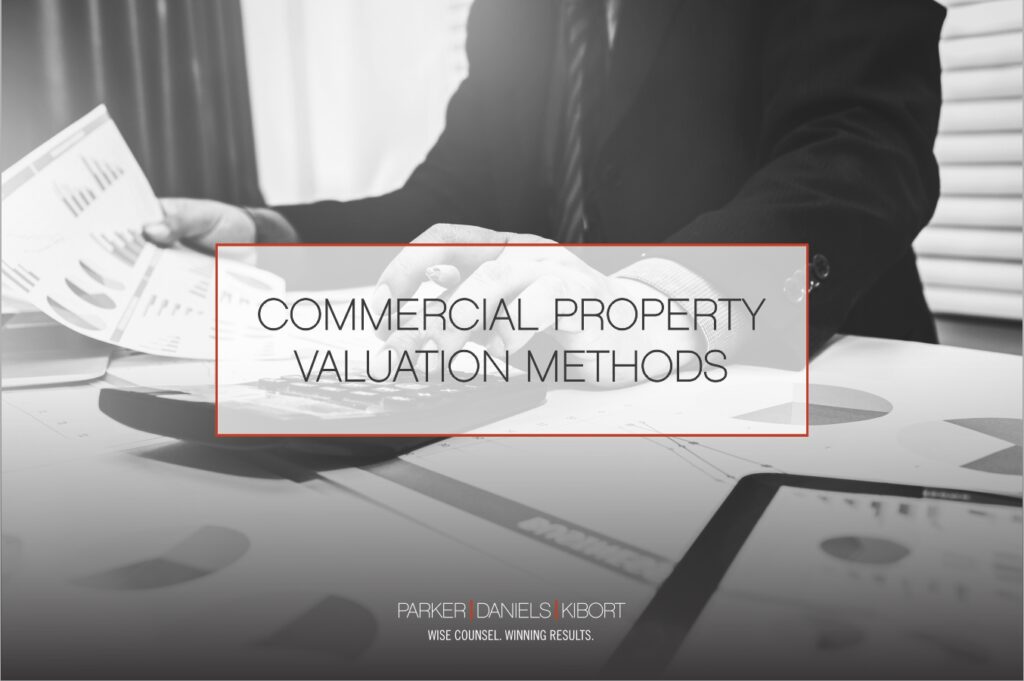
Valuation Methods for Income-Producing Properties in Minnesota
Parker Daniels Kibort represents clients appealing commercial property tax assessments. Commercial property owners commonly challenge tax assessments for four reasos: 1) improper classification of subject property, 2) subject property is exempt from taxation, 3) subject property is unequally assessed compared to other properties, and 4) the estimated market value of the subject property is greater than property’s market value. Market value is the compensation a willing purchaser, not required to buy the property, would pay to an owner willing to sell the property. Expert appraisers use the following methods to determine market value: the income capitalization approach, the sales comparison approach, and the cost approach. Commercial property owners may find a County assessor erred in determining the market value of their property, so they retain our law firm to assist in bringing an appeal to challenge the assessment.
In the income capitalization approach, an appraiser analyzes a property’s capacity to generate future benefits and capitalizes the income into an indication of present value. This approach is used to accurately determine the future value of an income-producing property by projecting what income the property could potentially generate based on historical data.
The sales comparison approach, or the “market approach,” applies a quantitative and qualitative analysis to evaluate a commercial property’s value based on recently sold properties with characteristics similar to the subject property. For instance, an appraiser may analyze the sales prices of identical townhome units or similar single-family residences on the same block as evidence of the value of a subject property. Potentially comparable properties that do not have the same highest and best use are usually eliminated from analysis. “Highest and best use” is a term of art describing the physical use of a property yielding the highest value so long as the use is financially feasible.
The cost approach estimates the current cost to build the structure on the land together with reproducing or replacing improvements minus the loss in value from depreciation. This approach generates the upper limit of value of a subject property. The reproduction method under the cost approach considers what a replica of the property would cost to build while the replacement method contemplates utilizing the current property’s structure, but with newer construction methods and an updated design.
The Minnesota Supreme Court encourages the tax court to use at least two approaches to serve as checks on each other. See Lowe’s Home Ctrs., LLC v. Cty. of Hennepin, 938 N.W.2d 48 (Minn. 2020). Courts may grant more weight to one approach and may disregard another based upon the facts of the case. For example, the Minnesota Tax Court recently held that the sales comparison and income capitalization approaches were equally reliable and received equal weight in determining market value, while excluding the cost approach from analysis. Bloomington Hotel Invs., LLC v. Cnty. of Hennepin, 2022 Minn. Tax LEXIS 37 at *6, 2022 WL 2347868. In this case, the parties stipulated to the sales comparison and income capitalization approaches and provided adequate reasoning for the court to give the approaches equal weight.
Each method requires analyzing appraisal data to determine the present and projected value of a commercial property.
If this article was helpful, and if you are interested in bringing a tax appeal for your commercial property, contact Parker Daniels Kibort for more information at 612.355.4100.


